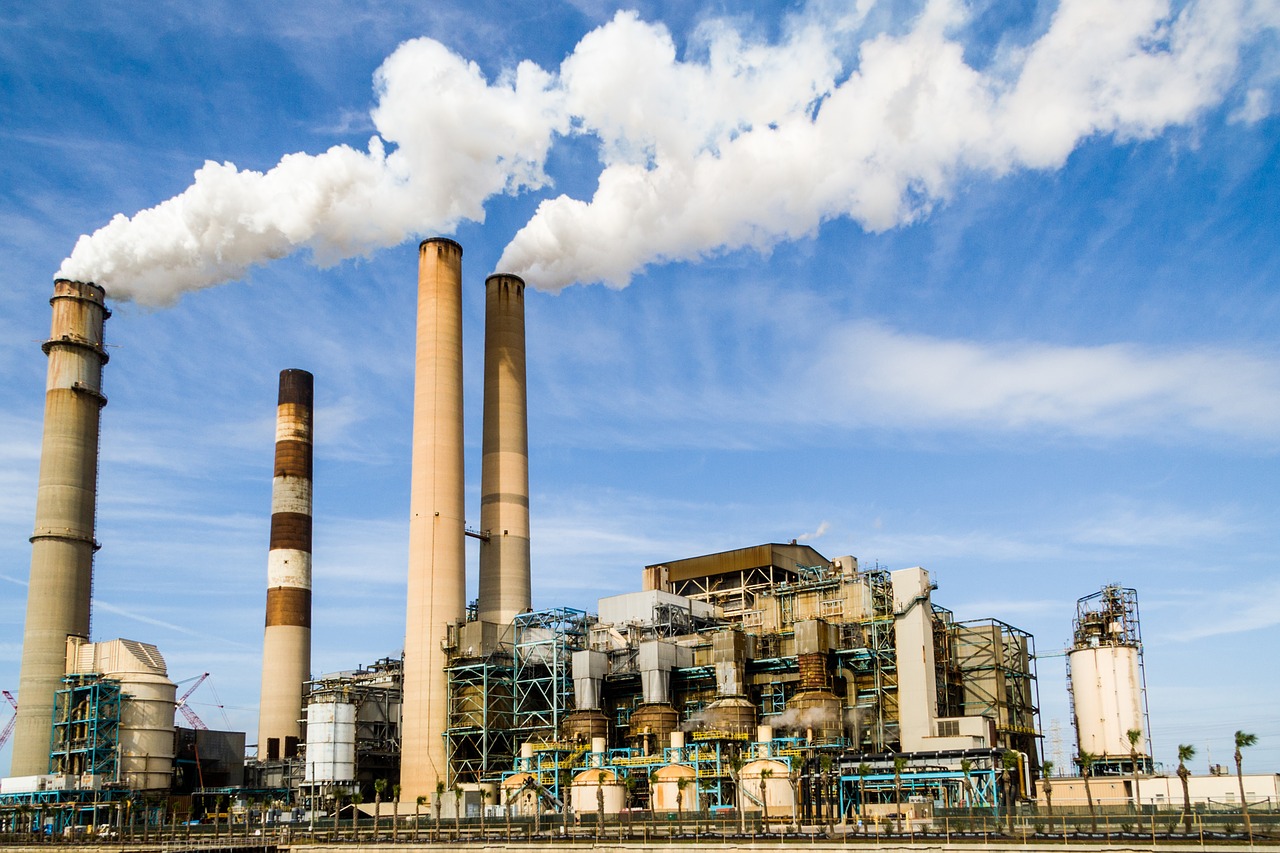A decline in oil prices in recent years has forced several Middle East countries to diversify their economies. Saudi Arabia, for instance, has been investing in clean energy and attempting to brand itself as a travel destination via the construction of major hospitality attractions like the Red Sea Project and Qiddiya, the latter of which is a mega-development under construction in Riyadh that is being hailed as the world’s largest entertainment city.
Infrastructure investment opportunities are also rich in Iran, where revenue from oil production comprises 23 percent of its GDP. The country ranks 38th on the CMS Infrastructure Index, which lists the top 40 countries in regard to investment attractiveness. Since 2016, Iran has been undertaking a variety of measures to expand its infrastructure sector, with particular focus on transportation as well as energy and power facilities. Below are four recent developments in those areas.
Sirik Power Plant
One of the most ambitious power projects in Iran is the Sirik Power Plant, for which construction began in December 2019. Located in Iran’s southern province of Hormozgan near the Persian Gulf, the 1,200-megawatt (MW) power plant is expected to contribute an additional 12 terawatt-hours (TWh) of power to the country’s current production, which is in excess of 300 TWh. Russia is contributing $1.3 billion to the construction of the power plant as part of a $5 billion loan commitment it made to develop joint infrastructure projects in Iran. The agreement, which also covers a major railway project connecting Garmsar to Incheboron, was initiated after Russian Energy Minister Alexander Novak visited Tehran in 2015.
Other power projects of significance are expected to be initiated prior to the end of Iran’s current calendar year, which is March 19, 2020. These projects, part of the A B Iran program, will add an additional 3,000 MW to the country’s power generation capacity.
Rasht-Astara Railway
Following a meeting with Azerbaijan’s Minister of Economy Shahiin Mustafayev this past August, Iran’s Minister of Roads and Urban Development Mohammad Eslami confirmed the two countries would work together on the construction of the Rasht-Astara Railway, which is part of the larger North-South Transport Corridor. While the primary goal of the railway line is to reduce transport times for goods coming in from Persian Gulf countries as well as Russia and Western and Northern Europe, it will also help strengthen not only transport, but also the trade and economic potential of Iran and Azerbaijan.
Delivery time to those countries on the current Suez canal route is anywhere from 45 to 60 days. The North-South Transport Corridor is expected to reduce this period by at least two weeks. The Rasht-Astara segment of the ship, rail, and road network extends 40 kilometers. The Iranian government agreed to cover expenses related to rail laying, while Azerbaijan will contribute $500 million toward construction costs.

Afghanistan Railway
Another under-construction freight line that will help improve trade and economic conditions in Iran is the railway connecting the province of Khaf to Herat province in Afghanistan. The standard-gauge railway extends more than 150 kilometers and is in the fourth and final stage of construction. The first three sections of the railway cover 138 kilometers and have been funded by Iran.
On December 12, the Afghanistan Railway Authority and Integra Construction signed a design and construction contract covering the first phase of the railway’s fourth section, which connects Ghoryan to Rabat Paryan. Construction will take 16 months and cost $58.5 million. It will be funded by the Afghan government with additional support in the way of a grant from Italy. Once construction is complete, work will begin on the second phase of section four, which involves a 20-kilometer extension of the railway to an industrial area near the Herat International Airport.
Partnership with China
In 2016, Iran and China agreed to a strategic partnership in which the latter would provide the former with significant long-term investment in its economy in return for expansive rights over how that investment is spent. The two sides agreed to update the partnership in August 2019 after a meeting between Iranian foreign minister Mohammad Zarif and his Chinese counterpart Wang Li. The new partnership includes a pledge of $400 billion by China over the next 25 years to develop Iran’s transport, energy, and manufacturing sectors. This commitment, however, may be front-loaded over a five-year period instead.
A total of $280 billion of the investment will be dedicated to Iran’s petrochemicals and oil and gas sectors, while the remaining $120 billion will help upgrade manufacturing and transport infrastructure. In return, Chinese companies will have the first right-of-refusal on oil and gas projects in Iran. Moreover, China will be able to purchase oil and gas as well as chemical products from Iran at a discounted rate of at least 12 percent. It will also be able to pay for products in soft currencies from Central Asian and African states.

